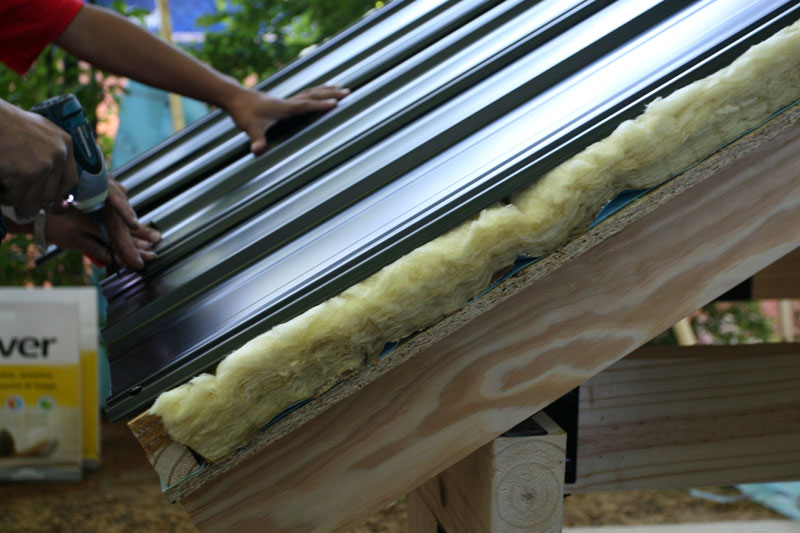Insulators resist the conduction of energy (thermal or electrical), unlike conductive materials, which conduct energy efficiently.
Insulating materials are usually classified into two large groups:
- Electrical insulators. These are materials that have a very low capacity to conduct electrical charges. This occurs because, in these materials, a potential barrier is generated between the valence band and the conduction band, which makes it difficult for free electrons capable of conducting electrical currents to exist. The valence band is the highest electronic energy level occupied by electrons; above this band is a forbidden band, and then the conduction band appears, an even higher electronic energy level where electrons can be accelerated by an electric field and generate an electric current. Electrical insulators are widely used to avoid discharges in electrical systems, prevent people who use electrical appliances from coming into contact with electrical current, and avoid short circuits—for instance, plastic, glass, and rubber.
- Thermal insulators. These are materials that, when subjected to a heat source, offer significant resistance before an increase in temperature occurs. This does not mean that thermal insulators do not conduct heat energy (since all substances conduct heat at least in small proportions), but that they do so in a small enough measure to make them useful when isolating a specific source of heat energy. Thermal insulators are widely used in the metallurgical industry, in the aeronautical industry, in the energy industry, and in construction—for instance, cotton, cellulose, and aerogel.
Examples of electrical insulators
| Teflon | Mylar | Wood |
| Ceramic | Quartz | Mica |
| Slate | Glass | Rubber |
| Plastic | Porcelain | Phenolic resins |
| Bakelite | Epoxy | PVC |
Examples of thermal insulators
| Aerogel | Vermiculite | Algae |
| Vacuum | Linen | Straw |
| Cotton | Hemp | Cellulose |
| Arlite | Spelt | Glass foam |
| Mineral wool | Wood wool | Glass wool |
| Aluminum | Elastomeric foam | Cellulosic foam |
| Expanded cork | Polyethylene film | Wood pellets |
| Expanded polystyrene | Extruded polystyrene | Polyurethane foam |
| Mineral fiber | Perlite | Rice hulls |
| Bamboo fiber | Jute fiber | Sheep wool |
What makes a material insulating or conductive?
A material’s high or low electrical conductivity is determined by how tightly electrons (which are subatomic particles with a negative electrical charge) are attached to its structure. This means that electrons in conductive materials require low energy to move through the material, while in insulators, these amounts of energy must be much higher.

- Insulating materials. Certain materials, such as glass and plastic, are generally good insulators. In contrast, others are only insulators under specific conditions of temperature, pressure, or in a particular state of aggregation—for instance, pure water, air, and quartz.
- Semiconductor materials. Certain materials are good insulators when they are in a pure crystalline state, as well as good conductors when the crystal atoms are combined with other materials, which is why they are called semiconductors. Semiconductors can be either conductive or insulating depending on the temperature and pressure conditions to which the material is subjected—for instance, silicon and germanium.
- Conductive materials. These are materials that offer little resistance to the passage of electric current. For instance, copper, brass, and steel.
- Superconducting materials. Superconductors are materials that, when cooled, stop exerting resistance to the transmission of electric current, which means they can conduct electric current without any resistance—for instance, tin and aluminum.
